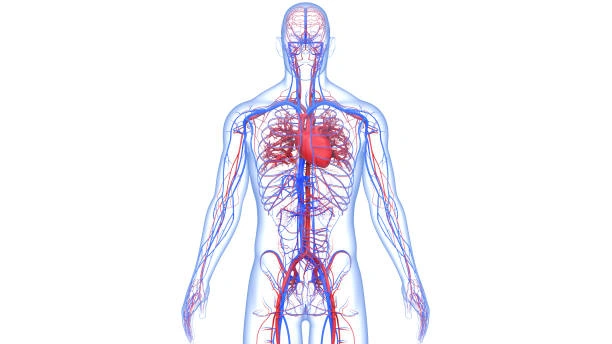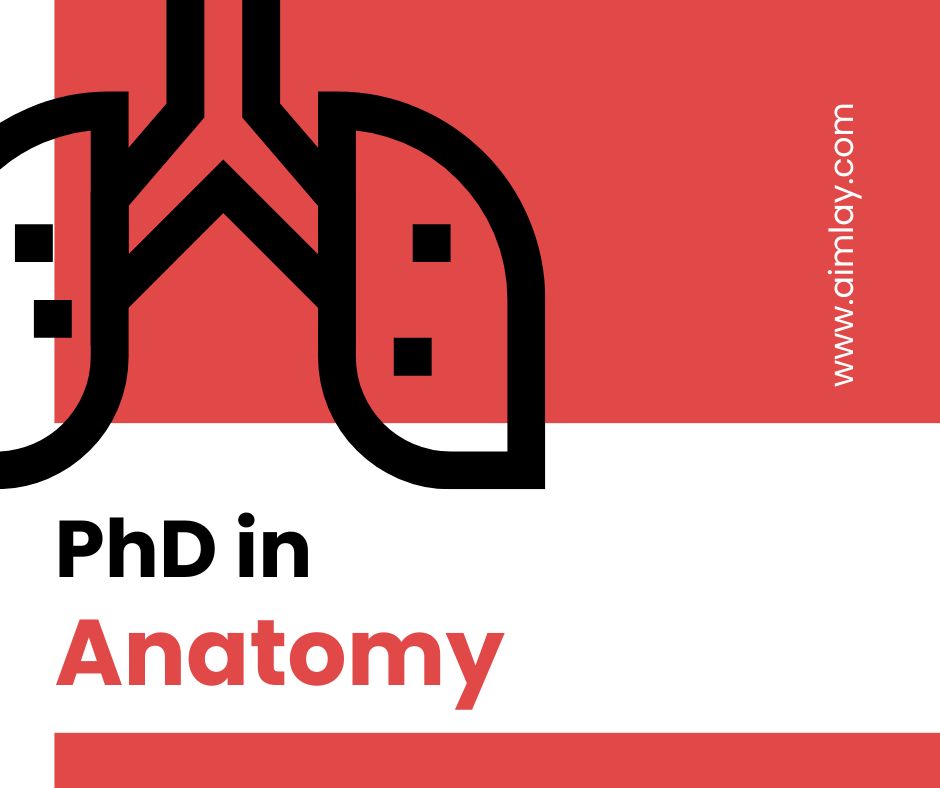Anatomy is the study of the structure and function of living organisms. It is also known as comparative anatomy. The PhD admission in Anatomy is a post-doctoral degree that is offered by universities and colleges around the world.
The coursework for this program has to be completed at a University or college, though some institutions will place the student in their clinical labs and offer on-site training for students to participate in lab procedures and perform dissections. The program takes three years to complete with a minimum requirement of 120 credits.
Significance of a PhD in Anatomy:
Doctor of Philosophy in Anatomy is a postgraduate medical qualification. An MD (Medicine) is required to apply for this degree course.
The PhD in Anatomy is offered by the University of Otago and requires full-time study of three years, including one year’s research.
Anatomy courses are available at undergraduate and postgraduate levels; however the PhD admission is only available at the postgraduate level. It is one of only two areas of study that can be undertaken as a doctorate (the other being clinical psychology).
These courses are taught principally through lectures and practicals, although some also involve studying human anatomy at dissection or via other means.
The PhD in Anatomy is a postgraduate degree. It requires the completion of a dissertation and several years of study after completing your undergraduate degree.
The majority of anatomy degrees are based at universities, although some are offered through medical schools and community colleges.
Anatomy is a scientific discipline that studies the structure and function of living organisms. It can be applied to any organism, including humans and animals, as well as plants and fungi. The goal of an anatomy doctorate is to understand how the body works, which can help scientists develop new treatments for diseases or injuries.
The PhD in Anatomy degree program is offered by some universities around the world. The program lasts for three years and includes both theoretical and practical components. You can choose from various specializations, such as Histology, Embryology, Cell Biology and Genetics.

Areas of subjects to cover in a PhD in Anatomy:
- Anatomical Pathology – This field focuses on understanding how the disease develops within the body and what causes it. Researchers study genetic mutations and environmental factors such as pollution or diet, hoping to come up with ways to prevent future diseases from occurring during development or adulthood.
- Basic Sciences: This subject aims to provide knowledge about the human body and its parts. It includes an understanding of cell structure and function; cellular differentiation; tissue structure and development; structure and function of organs; diseases; anatomical terms; scientific research methods; etc.
- Medical Subjects: This subject aims to provide knowledge about medical conditions such as head injury, heart disease, diabetes or hypertension. It also covers topics such as infectious diseases, cancer, genetics and molecular biology methods used for the diagnosis and treatment of certain diseases.
- Practical Subjects: This subject aims to impart knowledge about clinical practice in hospitals or clinics related to human anatomy like orthopedic surgery, ENT surgery or plastic surgery. Students learn how to perform daily operations including suturing wounds, setting broken bones or performing surgeries for facial disfigurement or breast cancer removal among others.
The road after the completion of the PhD admission:
Anatomy is a very sought-after field because there are so many opportunities for employment. There are many different industries that use anatomical knowledge: pharmaceutical companies, hospitals, research labs, medical schools, etc. Many physicians use their knowledge from the field of anatomy in their practice.
Anatomy is an exciting field of study that has numerous job opportunities. The demand for qualified anatomists is constantly increasing worldwide, especially in the United States where there has been a shortage of qualified anatomists.
- This demand is due to the high demand for human body donors and the need to provide education and training to medical students who will become doctors.
- The majority of anatomists work as members of academic departments or teaching hospitals or as private consultants.
- Other common occupations include research institutes (such as national laboratories) and advertising agencies where they design posters and advertisements.
- The most common jobs include teaching, research and clinical practice.
- Teaching at a University or medical school is a great way to get started in this field.
- Research offers more independence, but it can also be very competitive.
- Clinical practice lets you work with patients on a day-to-day basis.
What can you expect from this degree?
- Aspirants who choose this kind of degree will learn about human anatomy through lectures, discussions and laboratory work. They will also be able to analyze tissue samples from patients’ bodies for medical research purposes.
- In addition, students will learn about how cells function in our bodies through lectures and lab work. They may also become familiar with medical terms used in research papers or books on the subject of human anatomy.
- The program allows students to focus on their research and develop their own ideas, which can lead to publication, grant funding and employment.
- Anatomy is one of the oldest medical specialties, founded by Hippocrates around 400 BC. Today there are more than 100 academic programs around the world offering postgraduate degrees in this field of science.
- Aspirants who wish to pursue a PhD admission in Anatomy must apply directly to one of these institutions or contact other institutions directly through e-mail or phone. They must also have completed all prerequisites needed for admission into the program at their chosen institution.
- The importance of this degree cannot be overemphasized. Anatomy is a science that provides information about body structure and function, as well as disease processes. It also helps us understand how our bodies work and what makes us healthy or sick.

The importance of anatomy has long been recognized by medical professionals who use this information to treat patients suffering from diseases such as cancer or heart disease. In addition to treating patients, anatomists also conduct research into these diseases so that new treatments can be developed for future generations of patients suffering from similar ailments.
Frequently Asked Questions
You will need to take courses that focus on developing a solid understanding of anatomy and physiology, including cell biology, histology, embryology, developmental biology, molecular biology and biochemistry, genetics and genomics, immunology and immunopathology (including tissue injury), microbiology/microbiology applications (including infection), neuroscience/neuroanatomy (including structure/function relationships), pathophysiology (including disease processes), embryological development (molecular/cellular).
A PhD admission in Anatomy in India program will require you to have completed a Master’s degree in Anatomy. This is usually an undergraduate degree, but it may also be a postgraduate diploma or Masters program. If your undergraduate degree was in another subject area, then you will need to take additional courses in order for your application to be considered. The length of time that it takes and the number of courses needed will vary from one university to another.
You need to have a strong background in biology. You will need to have completed at least two years of post-secondary education, and ideally you should have taken some of the required core courses in anatomy and physiology, microbiology, biochemistry, neurobiology and histology.
The easiest anatomy courses to study are likely to be those that deal with basic gross anatomy and physiology. For example, a course on human structure would be useful for students who want to become medical illustrators. If you want to work in the field of medicine or science itself, then it is important that you know how the body works and what makes it function as it does. It depends on your existing knowledge and whether you are more interested in theory or practical applications. It is also important to consider how much time you have available to complete the course.
The scope of a PhD degree in Anatomy is very broad. There are many different careers that you can pursue with a degree in this subject area. Some people choose to become medical illustrators, while others go on to work as doctors or nurses. If you have an interest in human anatomy and physiology, then studying this subject could lead you into research positions or even teaching positions at colleges and universities.




Thanks for your support and help